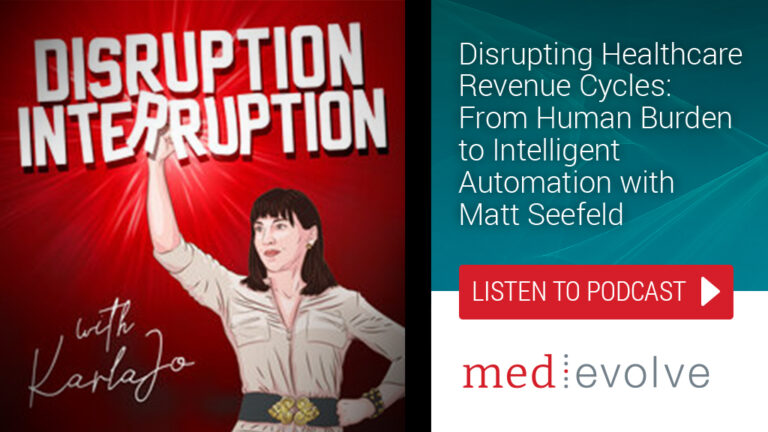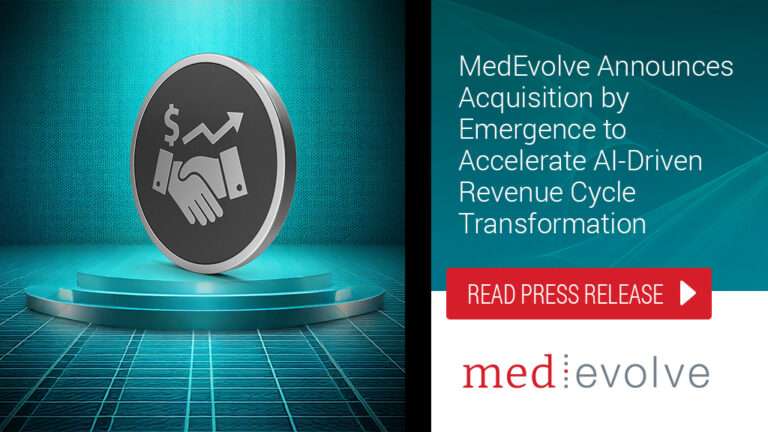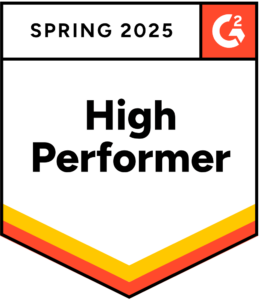Vital metrics in streamlining processes, reducing costs, and maximizing revenue
Workforce analytics in the revenue cycle refers to the systematic analysis of employee data and performance metrics to enhance the efficiency and effectiveness of operations related to revenue generation in an organization. In the context of healthcare, where the revenue cycle is a critical component, workforce analytics can play a vital role in streamlining processes, reducing costs, and maximizing revenue. Key aspects include:
Performance Analysis
Monitoring employee performance metrics such as claims processed per day, accuracy of coding, and turnaround time for billing. This helps in identifying high performers and areas where additional training or resources might be needed.
Predictive Analytics
Using historical data to predict future trends in the workload. This can help in anticipating busy periods, enabling proactive staffing decisions to handle increased demand.
Process Efficiency
Analyzing workflows to identify bottlenecks or inefficiencies. This can involve tracking how long each step of the revenue cycle takes and identifying areas where processes can be streamlined or automated.
Staffing Optimization
Using analytics to determine the optimal mix of skills and staffing levels required to handle the revenue cycle efficiently. This includes analyzing the cost-benefit ratio of different staffing models, such as full-time employees, part-time workers, and outsourced services.
Training and Development Needs
Identifying skills gaps and training needs through analysis of performance data. This can inform targeted training programs to improve efficiency and accuracy in revenue cycle processes.
Employee Engagement and Satisfaction
Analyzing employee feedback and satisfaction surveys to identify areas of improvement. Higher employee engagement often correlates with increased productivity and lower turnover rates.
Compliance and Risk Management
Monitoring compliance with regulatory requirements and internal policies. Analytics can help identify areas of risk, such as non-compliant billing practices, and prompt corrective action.
Cost Management
Analyzing labor costs in relation to revenue generated. This helps in understanding the return on investment for different roles and departments within the revenue cycle.
Technology Utilization
Evaluating the effectiveness of technology tools used in the revenue cycle, such as electronic health records (EHRs) and billing software, and determining their impact on workforce performance.
By leveraging workforce analytics, organizations can gain valuable insights into their revenue cycle operations, leading to informed decision-making, improved operational efficiency, and enhanced financial performance.
Looking for real-time analytics to motivate and retain your best RCM staff?
Effective Intelligence technology can optimize and measure your staff. Read our eBook “Recognize, Reward, & Retain Top Revenue Cycle Talent” for more information.
- Effective Intelligence Overview
Effective Intelligence combines Patient Financial Clearance Automation, Medical Billing Workflow Automation, and Real-Time RCM Analytics in a cloud-based platform designed to integration with your current EMR/PM technology to measure the effectiveness of your RCM staff.
Review and assess your practice’s financial status in 5 min or less and know exact where you are losing money and why. Measure the work effort of every revenue cycle employee, incentivize and retain your top performers, and help employees that need improvement.
You can prevent most common denials, rejections and write-offs during the scheduling and pre-registration process in advance of the appointment. Configure checkpoints and use central task management to quickly clear patients and keep your front office staffing needs at a minimum.
As team members log in to the web-based application and record each “touch” of a claim, outcome, and next task, key data points are recorded like who completed the task and when, outcome, task notes, internal / external messages sent, collection success and other data points that feed into our real-time analytics.











